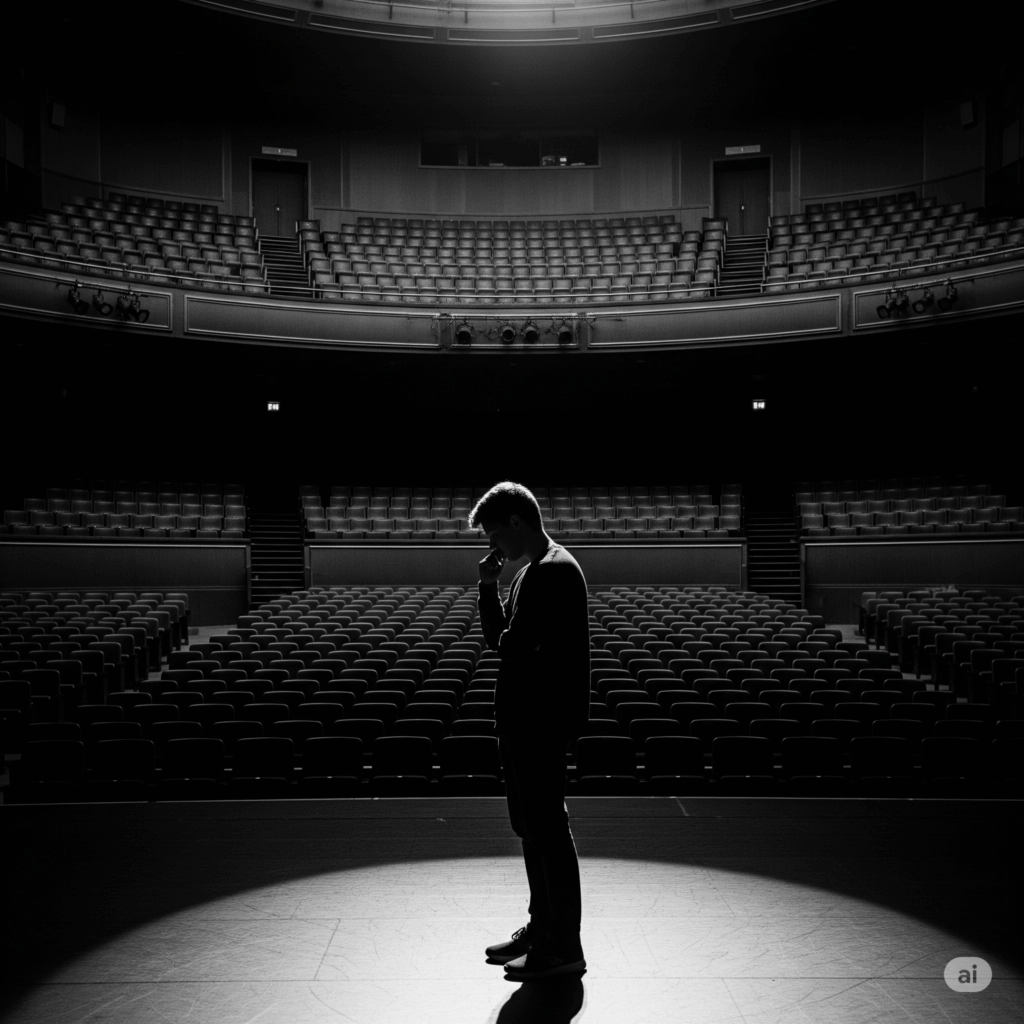
Last week I hammered out a couple more traits of Ong’s Characteristics of Orally Based Thought and Expression. Next:
Redundant or ‘copious’
Time for Redundant Repetition
In oral culture, we repeat a lot. A lot of what we say, we say again and again.
It’s needed. In a long oral rendition, there is nothing to remind you of that one important thing you needed to remember. So, according to Ong, in oral culture’s, we say it again but in a different way.
While my very very small kids may repeat themselves, my observations are for the most part in a single instance, we don’t do all that much repetition.
Where I think things get a little interesting, is perhaps our interactions aren’t isn’t long enough to require the kind of repetition that primary oral cultures required.
Perhaps our fleeting nature requires more copia than repetition, or perhaps repetition in new technological ways?
Copious Repetition
Through various uses of repetitive symbols, linguistic formulas, mnemonics, and other means and technology we do repeat ourselves over and over again.
In rhetoric, copia, is richness and amplification for stylistic goals. And boy oh boy I think we are copious. We are barraged on a daily basis: “Buy now”, “smash like”, “now this”, “welcome back”.
Neurologically loud and grandiose media and people. Our technology is built around copia.
Every fashion, every meme, every song, every book, every perspective open and available and on repeat through the internet in some form or fashion.
The callback.
All this talk about repetition and copia, has me thinking about a particular rhetoric device that want to look more into. “The callback”
TV shows, podcasts, movies now make a game of it. Bringing not only phrases but all things into repeat. Testing our minds with a line or movement from the first Iron Man repeating into the final Avengers or referring to the audience always as Tracey.
Designing a way to create a repeatable and special call and response that engrains you to a tribe so that others who was it, had no comprehension of it’s meaning.
It’s a very modern and complex use of repetition.
Is this like secret handshakes, and symbols. Before literacy we use to have many secret societies filled with rituals and artifacts that could be used or displayed in public with only this “in the know” able to understand.
Recap
But back to my point. Let me repeat. Are we redundant or “copious”?
Scroll through a social media stream. Watch yet another variation of Minecraft YouTube video. Watch the sequel or the prequal, or the remake of the sequels prequal, and you tell me.










